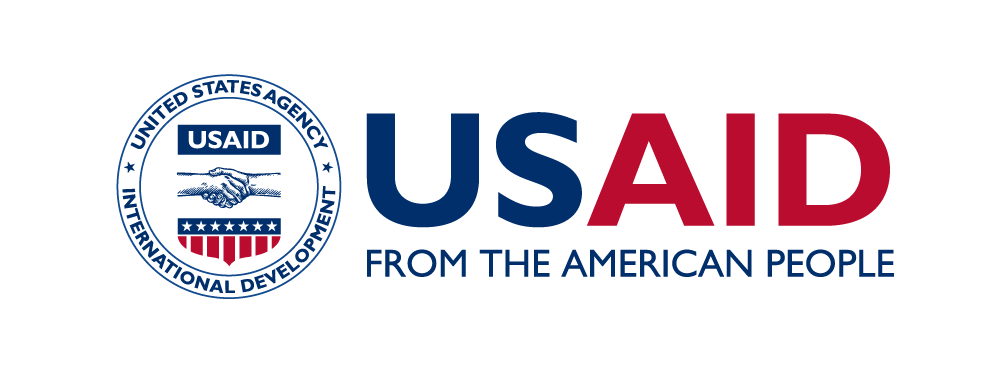Methods
COVID-19
We produce short-term forecasts of deaths due to COVID-19 as reported deaths are likely more reliable and stable over time than reported cases. In countries with poor reporting of deaths, these forecasts will likely represent an under-estimate while the forecasts for countries with a small number of reported deaths might be unreliable.
Note that the results presented here do not explicitly model the various interventions and control efforts put in place by countries. Our estimates of transmissibility reflect the epidemiological situation at the time of the infection of COVID-19 fatalities. Therefore, the impact of controls on estimated transmissibility will be quantifiable with a delay between transmission and death. The forecasts are made from an unweighted ensemble of three different models. The individual models are described below.
We define the 'epidemic phase’ in a country using the estimated reproduction number R and associated uncertainty. Briefly, the phase is defined as declining if R is below 1 and the uncertainty is small. Similarly, we define the phase to be 'growing’ if R is above 1 with small uncertainty in estimates and 'stable/growing slowly’ if R is close to 1 with small uncertainty. In some instances, we might not have enough data to estimate R precisely. In this case, we define the phase as 'uncertain’.
Ebola
We used a spatially explicit branching process model to project cases over a 2 week horizon. The model uses a renewal equation coupled with a gravity model of human population movement for between country movement.







